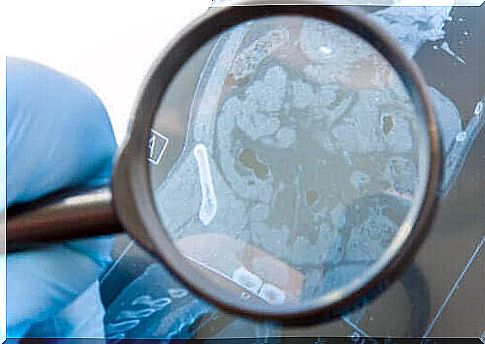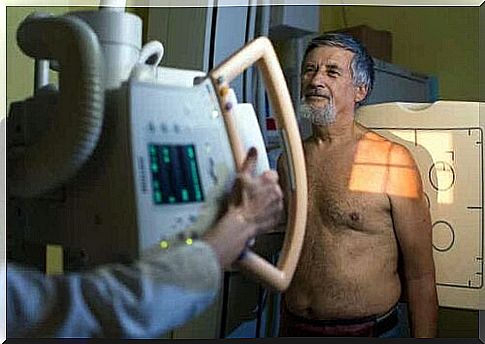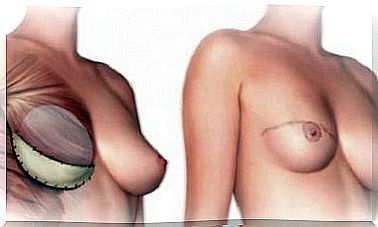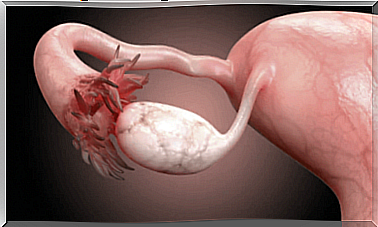What Is A Gastrointestinal Fistula And What Causes It?

On the other hand, this type of health problem is also typical in patients who have undergone gastric surgery. According to studies, 85% of all fistulas occur as a side effect of these practices. If you want to know all about this problem and how to deal with a gastrointestinal fistula, then you have come to the right place!
Types of gastrointestinal fistulas
Scientific studies classify fistulas according to the place where they occur. They can be external or internal. Internal fistulas communicate two organs with each other, while external fistulas communicate directly or indirectly with the surface of the body.
Furthermore, they can also be simple or complicated depending on the number of connections they generate.
Based on the place where they occur, there are four different types of gastric fistulas:
- Oesophageal, gastric and duodenal
- The small intestine
- The colon
- Any of the above drained through a wall defect greater than 20 square centimeters
The last term is worth noting. Fistulas are openings that allow fluid that is present in the gastrointestinal tract to escape. Based on this parameter, a fistula may have low flow (drain less than 500 milliliters per day) or have high flow (drain more than 500 milliliters per day).
What are the symptoms of a gastrointestinal fistula?
The portal Drugs.com lists some of the most common symptoms of the presence of a gastrointestinal fistula in patients. Among them we find the following:
- Stomach pain or gaseous digestion.
- Diarrhea.
- Weight loss, nausea and vomiting.
- Heartburn.
- Fluid leaking through a wound in the stomach.
With an internal fistula, the patient may also experience bleeding from the rectum, infection in the bloodstream, malabsorption of nutrients, dehydration and an exacerbation of underlying health problems. On the other hand, some do not generate symptoms. It all depends on the above parameters and the person’s state of health.
Possible complications
If the patient suffers from bad bleeding from the rectum, uncontrolled vomiting and diarrhea or an enlarged stomach, the patient needs to seek medical attention very quickly. Some fistulas can be life-threatening if they are associated with a bacterial infection in the surrounding tissues.
Despite advances in medicine, research sources show that 25-50% of patients with an enteocutaneous fistula die sooner or later. However, this data is not entirely fair, as we usually refer to people who are already in poor health.
Primary causes of getting a gastrointestinal fistula
Medical studies explore the primary causes of developing a gastrointestinal fistula. We will briefly tell you about their findings in the following sections.
Surgical procedures
As we have mentioned above, 75-85% of gastrointestinal fistulas are the result of a complication after a stomach operation. It is difficult to make a specific figure over it as it depends on many factors. However, all authors agree on the same thing: More than half of the fistulas occur in the postoperative period.
Diverticula
The presence of diverticula that severely affect the colon can also trigger the appearance of fistulas. These are localized as connections with organs in the stomach (for example, the bladder).
Crohn’s disease
Crohn’s disease causes prolonged, chronic inflammation in certain areas of the digestive tract. This leads to abdominal pain, fever, fatigue, constipation and bloody stools. Specifically, up to 35% of people with this pathology develop fistulas.
Malignant processes
The presence of cancerous tumors in the intestine and the surrounding organs promotes fistula processes. Radial expansion of a mass in the mucus of the digestive tract and a destruction of the normal tissue promote this connection.
How can a gastrointestinal fistula be diagnosed?
The National Library of Medicine of the United States lists some of the most effective diagnostic methods for detecting a gastrointestinal fistula. These include the following:
- Binocular examination of the esophagus: A series of X-rays are taken to assess the condition of the esophagus, stomach and small intestine. A direct search is made for the fistula.
- Barium enema: A special X-ray of the colon that includes the colon and rectum.
- CT scan: This tool is used to search for the fistula in the abdomen between intestinal twists or areas where there have been infections in the past.
- Fistulogram: Uses a form of real-time X-ray called fluoroscopy and contrast material (barium-based) to generate images of an abdominal passage in the body.
Although all diagnostic methods are valid, the fistulogram is the technique that provides the most relevant medical information. Thanks to the fistulogram , doctors can examine the condition and spread of the lesion in addition to detecting the fistula itself.

Available treatment
There are two types of treatment: Conservative and Surgical. In the first case , doctors usually prescribe antibiotics to prevent the development of serious bacterial infections. If the fistula is the result of Crohn’s disease, the patient needs to take immunosuppressive drugs.
Other conservative approaches include the use of fibrin glue to close the fistula in a minimally invasive manner as well as intravenous nutrition of the patients while it heals. The success rate of this approach is very high, so it usually results in surgical cutting of the affected area.
Gastrointestinal fistula: A complication of an underlying problem
Finally, a gastrointestinal fistula is a difficult clinical device to access. This problem usually occurs as a by-product of a previous complication – either surgery or long-term intestinal disease.
Therefore, the prognosis depends on the primary health problem and the patient’s personal situation. The quality of life is extremely affected and interferes with the basic treatment the patient receives.









